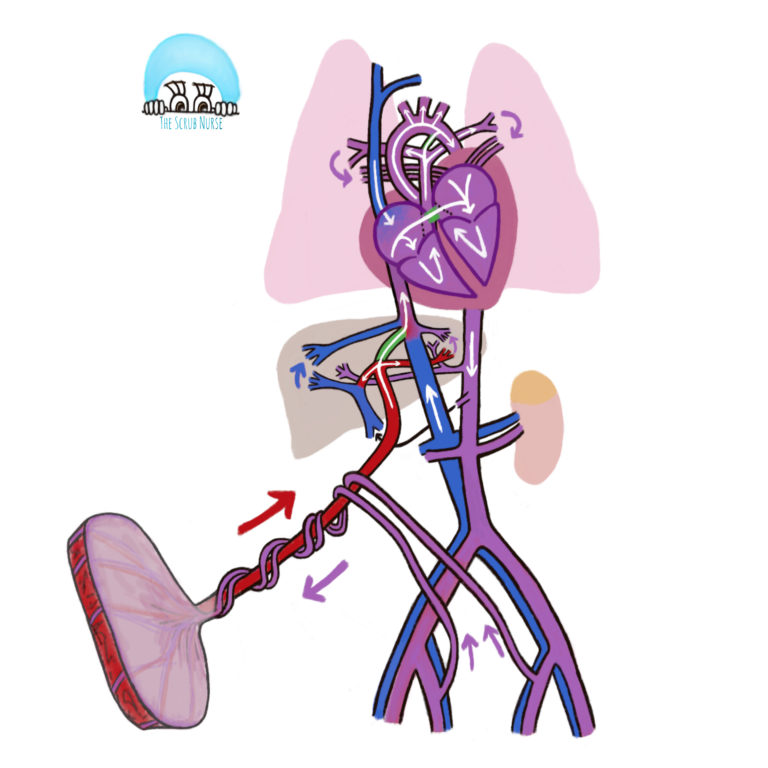There are different types of surgery and surgeries can be classified according to surgical urgency.
The terms used by National Confidential Enquiry into Patient Outcome and Death (NCEPOD) to classify the types of surgery were Emergency, Urgent, Scheduled and Elective.
However, in December 2004, they were replaced by the terminology below.
Immediate
Urgent
Expedited
Elective
Types of Surgery
I) Immediate
When life, limb or organ-saving intervention is required and resuscitation is performed simultaneous with intervention.
- Normally it occurs within minutes of decision to operate.
- Expected location: next available operating theatre, if required “break-in” to existing lists
- E.g. Repair of ruptured aortic aneurysm; Laparotomy for control of haemorrhage.
II) Urgent
Intervention for acute onset or clinical deterioration of life, limb or organ survival; for fixation of multiple fractures; and for relief of pain or other distressing symptoms.
- Normally it occurs within hours of decision to operate and once resuscitation is completed
- Expected location: day time “emergency” list or Out-of-hours emergency theatre
- E.g. Debridement plus fixation of fracture; Laparotomy for perforation
III) Expedited
When a patient is stable but requires early intervention for a condition that is not an immediate threat to life, limb or organ survival.
- Normally it occurs within days of decision to operate
- Expected Location: Elective list with “spare” capacity or Day time “emergency” list (except at night)
- E.g. Retinal detachment; Excision of tumour with potential to bleed or obstruct
IV) Elective
Surgical procedure planned or booked in advance of routine admission to hospital.
- It occurs within a planned time that suits patient, hospital and staff.
- Expected Location: Elective theatre list (after being booked and planned prior to admission)
- E.g. all other conditions not classified as immediate, urgent, or expedited; example, Cystoscopy
The importance of surgical classification
Using this surgical classification, the urgency of patient intervention can be defined and data can be used by managers and clinicians to:
- Manage procedures lists and daily theatre allocations;
- Analyse patient experience by checking if they are being operated within the appropriate time frame;
- Verify that clinical governance is being adhered to and that medical staff are operating “out-of-hours” only when appropriate
- Organise and develop the department and internal services by taking appropriate corrective actions according to patient types and theatre session types.

